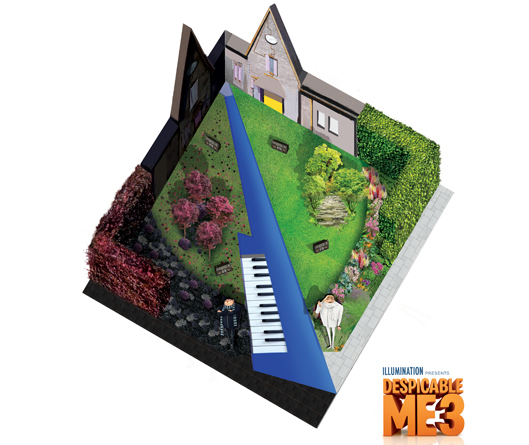
Trees can tell us some remarkable things, largely because they take so long to grow and can live for hundreds, even thousands of years. Some, such as the oak, take up to 300 years to reach maturity, while others, such as yews, can endure much longer, sometimes for several thousand years. As they grow, their own history and that of the land around them becomes part of their shape and structure. We just have to read the clues in the trees.
Look at where they’re growing
Are your trees lined up in a hedgerow beside a road or lane, with big old specimen trees and smaller ones in-between? If so, you’re probably looking at the very edge of what was once a forest. As this forest was cleared to make open fields, the trees at the edge were left to mark the boundary.
Look at how the trees are branching
If lots of boughs or small trunks branch from the base of the trees, they’re likely to have been coppiced in the past. This means that all the boughs were cut down for timber, and new branches were allowed to sprout from the base to be harvested again in a few years’ time once big enough.
Look at the trunks of the trees
Are they all roughly similar in width? If so, it’s likely that the woodland was once felled and that all the trees have since grown back together, much like a classroom full of children of roughly the same age and size who grow up together. Despite having been cleared, such woodland can be rich in wild things. In the example above, from near Caernarfon in North Wales, a very rare orchid, the sword-leaved helleborine (Cephalanthera longifolia), can sometimes be found.





